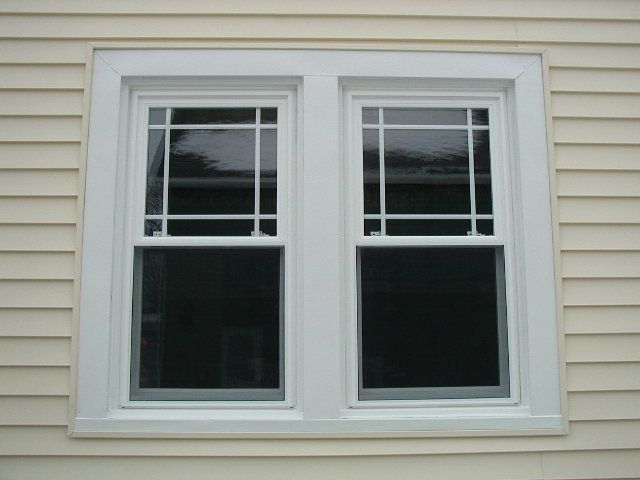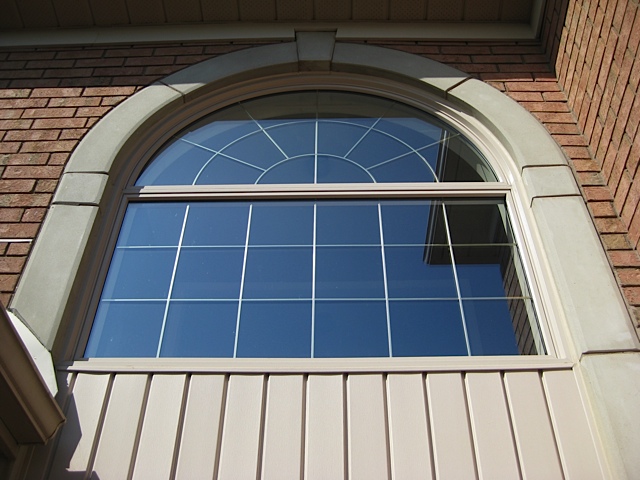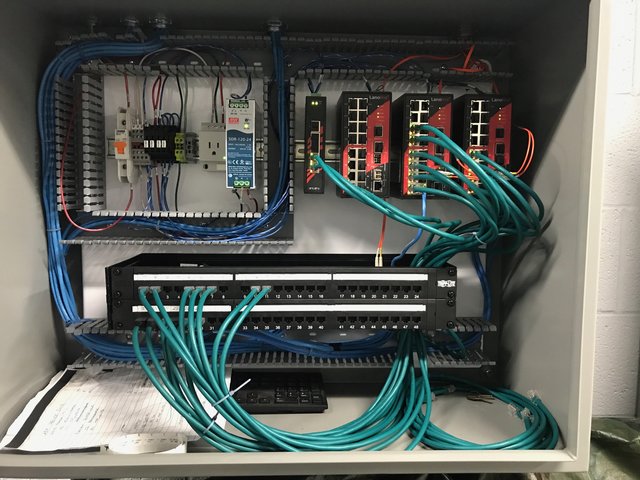Sleeping better, staying healthy, in a good mood and concentrating throughout the day – that is probably what most people want. Those who get enough fresh air and enough light during the day have already created good conditions for this. Because hardly anything influences our biorhythm as much as daylight. The recognition of how important it is for the well-being and health of people is becoming increasingly important. This is also urgently needed in the construction sector in particular, given that we spend around 90 percent of the day in buildings today.
Natural daylight enters the house through windows – so far, so simple. But how do they have to be designed and positioned to achieve maximum benefit? It is also worth taking a closer look at the various aspects of the window component, because it not only brings light into the house, but also influences the energy balance, privacy and last but not least furnishability.
All good things come from above
Let’s start with the light yield. Since the luminance from the zenith – i.e. from above in the direction of the sun – is three times higher than that of daylight entering from the side, skylights, roof windows and room-high glazing extending to under the ceiling bring the most light into the interior. For this reason, the use of a skylight ensures both a clearly perceptible increase in the amount of daylight and improved uniformity of light distribution in the room. Increasing the window area upwards is therefore more important for daylight supply than opening the window to the floor. Nevertheless, floor-to-ceiling windows are enjoying increasing popularity because they offer many other advantages, such as a better view outside, even for small children or seated people.
Finding the right orientation
In addition, large glass fronts, which can possibly be opened to the outside without thresholds, bring nature into the house. But also curious looks. This should be taken into consideration when placing windows, as it is not unusual for the most beautiful glass fronts to be hung with curtains again in everyday life.
Large areas can be well oriented towards the garden or balconies and terraces that are protected from view. Of course, the use and the direction of the compass also play a role in the placement. If you manage to flood the breakfast area with lots of morning sun from the east during the planning phase, you can double your energy for the day while drinking coffee. Which brings us to the important issue of energy balance: While window surfaces used to be kept rather small in order to avoid excessive heat losses in winter, this is no longer an issue with modern triple glazing.
On the contrary, south-facing glass surfaces bring so much heat into the house on sunny days that the need for heating energy can be significantly reduced. Not only in the high summer it becomes thereby fast too hot in the areas, why a shading lying as outside as possible is important.

Light gain and heat loss
Light gain and energy loss are closely related in windows. The energy efficiency of a window is characterised by the Uw value and the g value of the glazing. The former describes how much energy is lost through the window, the latter how much solar energy penetrates the glass. The lowest possible U-value of 0.8 W/m2K or less means low heat losses.
However, better insulated windows unfortunately allow less light in and have a lower g-value. This should be at least 62 percent for double glazing and at least 55 percent for triple glazing. For this reason, some lighting designers even recommend only double-glazed windows, as the loss of daylight in triple glazing adds up to around 30 percent. Their argument: The additional energy savings through triple glazing are partly offset by the lower solar heat input in winter and the lower daylight incidence, which has to be compensated by more electrical lighting. It is true that electricity for artificial light can be saved by good daylight supply, although this is not likely to be a large item with normal residential use, as increasingly economical LED luminaires are being used.
Coated solar control glasses instead of flexible shading should not be used in single-family homes, as they filter out the biologically important peripheral areas of the visible spectrum even on cloudy days. Meanwhile switchable glasses are on the market, which can be darkened only if necessary.
Saving costs at the right place
In most cases, costs are also a factor when choosing windows. Clever savings can be made in various areas, but not in quality – because that can become expensive later. The additional price of high-quality products usually has a good reason. Windows have to meet many requirements in terms of weather protection, ease of operation and safety and in recent years have made quantum leaps in further development.
If you need to save money, you can also bring a lot of light into your home with standard elements and formats. Thanks to a large selection, there is no need to forego individuality. Fixed glazing can be a cheaper alternative because not every window needs to be opened. However, depending on the installation situation, it may be necessary to consider cleaning from the outside. For more window installation services, visit 417 Handyman website today.








